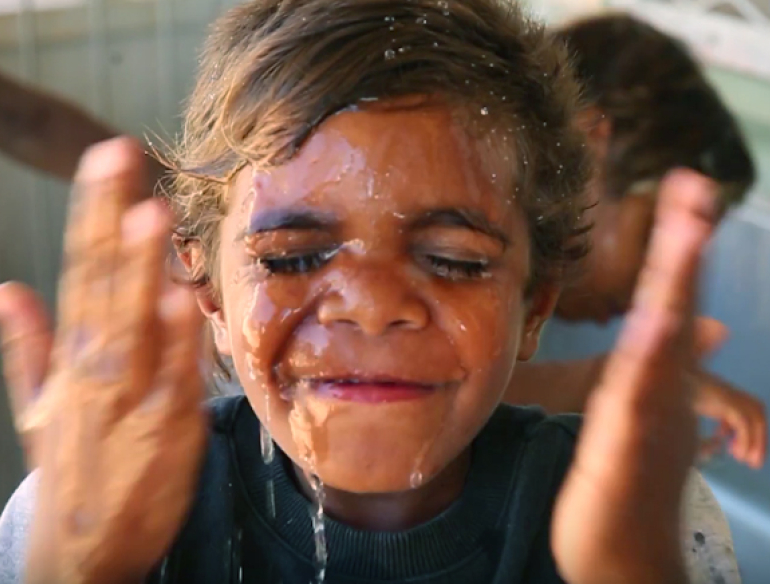Overall prevalence of trachoma in Australia is declining as a result of strengthened control programs, according to early release findings from the 2015 Australian Trachoma Surveillance Report issued today by the Kirby Institute at UNSW Australia.
These results come as experts from across the globe gather in Sydney for the 20th meeting of the World Health Organization Alliance for the Global Elimination of Trachoma, to take stock of progress and discuss the roadmap to eliminate trachoma globally by 2020. Many countries have succeeded in substantially reducing the burden of trachoma in their populations.
Trachoma is the leading infectious cause of blindness in the world, and is entirely preventable. In Australia it continues to be found in remote and very remote Aboriginal communities in the Northern Territory, South Australia and Western Australia. The infection occurs most commonly in young children and can be passed on through discharge from the eyes of an infected child, and spread through personal contact and items such as clothing. It can be easily treated by antibiotics, but early treatment is vital to prevent blindness which occurs after repeated episodes of infection that ultimately lead to scarring of the cornea.
The Australian Government has committed funding of $16.6 million for trachoma control activities. In partnership with the Australian Government’s Indigenous Australians’ Health Programme, the Kirby Institute monitors and reports on trachoma prevalence and control measures towards the goal of elimination in Australia by 2020.
“Early findings from 2015 tell us that trachoma in at risk communities is down by 9.4 per cent since 2009 (currently at 4.6 per cent), so we are really seeing the results of health promotion and treatment activities in these regions,” says Professor John Kaldor, who is responsible for Australian trachoma surveillance at he Kirby Institute. “While trachoma is declining overall, the data has revealed ‘hot-spots’ that will require continued focused efforts. We look forward to seeing these communities join the many others in central and northern Australia that have been declared trachoma free.”
The Fred Hollows Foundation’s Indigenous Australia Program Manager Jaki Adams-Barton said community based health staff were a key to eliminating trachoma, providing support screening and treatment activities. “Community workers play an important role in breaking down cultural and language barriers between service agencies and Aboriginal community members and they let people know they can get services,” Ms Adams-Barton said.
“A clear commitment and direct action to significantly improve housing and environmental conditions is also essential in ensuring trachoma is eliminated in accordance with Australia’s GET2020 obligations.”
The full 2015 Australian Trachoma Surveillance Report will be released in June 2016.
A copy of the Early Release Findings can be downloaded below.
###
Media requests:
Lucienne Bamford
Communications Officer
The Kirby Institute, UNSW Australia
lbamford@kirby.unsw.edu.au
+61 (02) 9385 0550
The WHO GET 2020 meeting is taking place in Sydney from Tuesday 26 – Thursday 28 2016. Contact Anthony Solomon solomona@who.intfor information about the meeting.
Image: : Indigenous Eye Health, University of Melbourne
